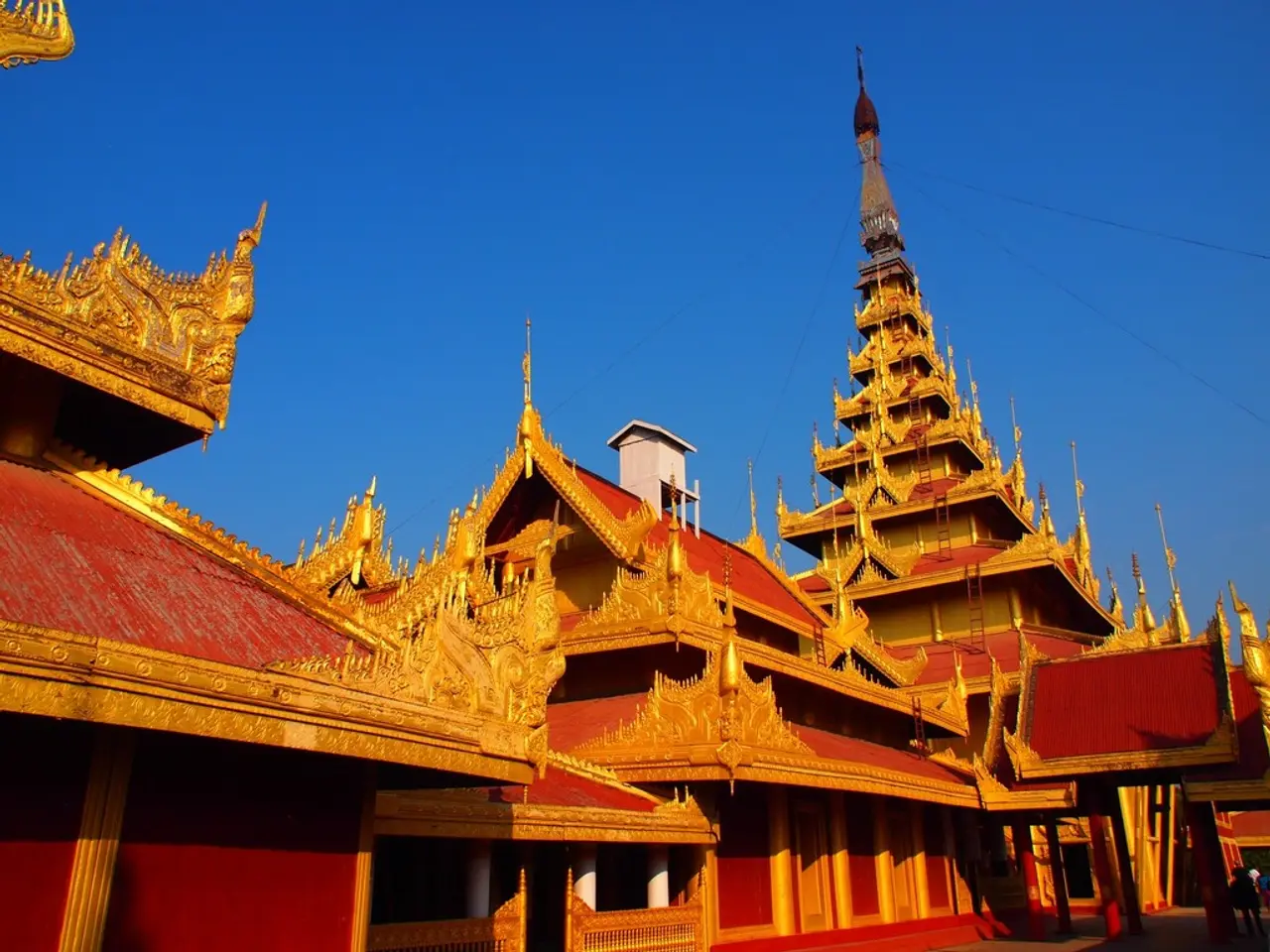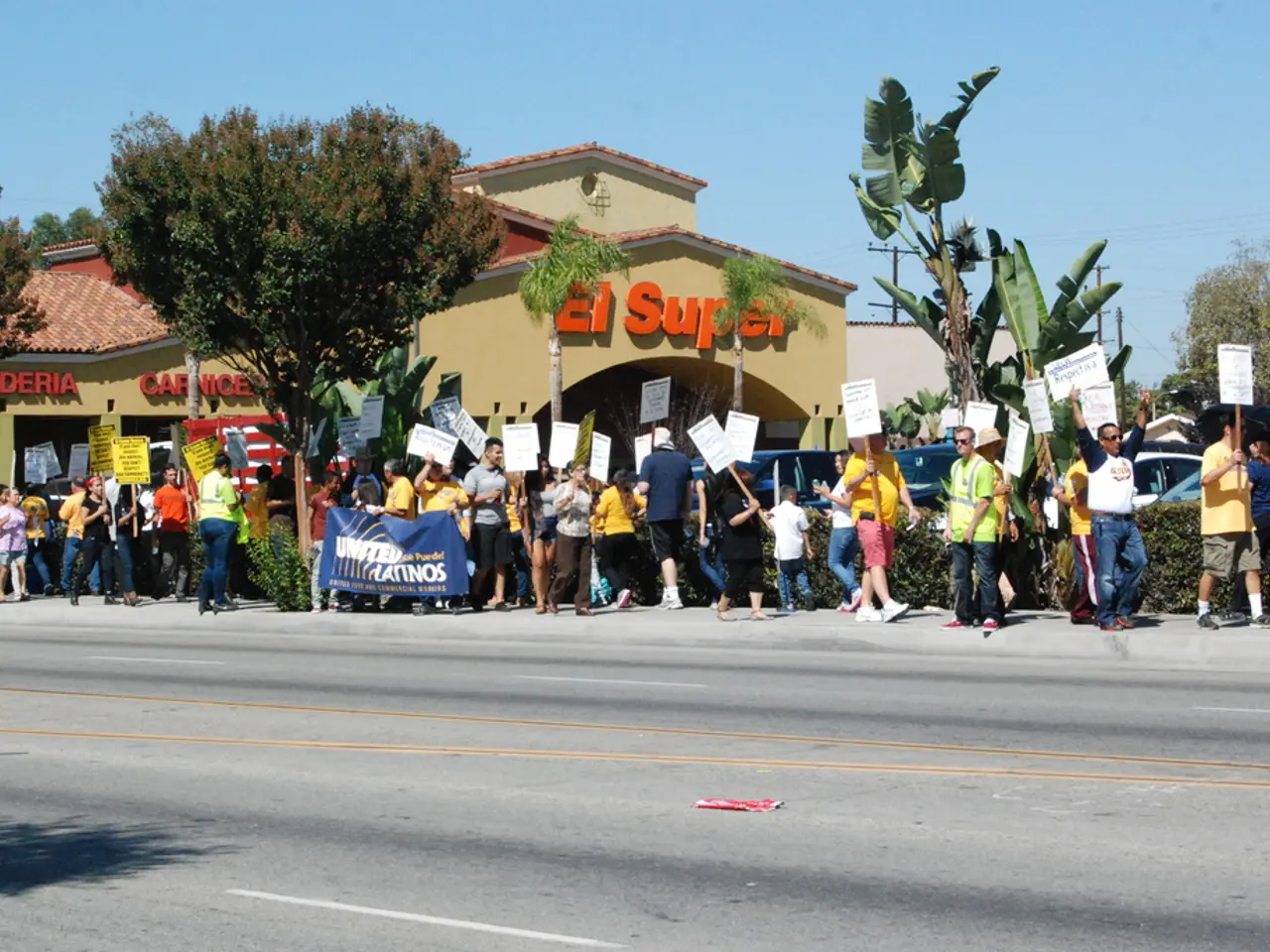Conflict cessation without conditions between Thailand and Cambodia ends after five days.
The border dispute between Thailand and Cambodia, a remnant of colonial-era boundaries, has once again escalated, causing widespread concern and displacement. The latest flare-up, the deadliest since violence raged sporadically from 2008 to 2011, has resulted in the death of at least 36 people and the displacement of nearly 300,000 civilians.
The conflict centres around the Preah Vihear Temple and its surrounding lands, a site of ancient temples and historical significance for both countries. Despite a ruling by the International Court of Justice in 1962 that the temple belongs to Cambodia, disputes over adjacent territories persist, leading to periodic clashes.
The latest skirmish occurred near the border area known as Chong Bok (Thailand) / Mom Bei (Cambodia) on 28 May 2025. This led to further fighting, including artillery exchanges and airstrikes, resulting in the displacement of hundreds of thousands of civilians.
A fragile ceasefire agreement was reached in late July 2025 following intense clashes. Despite initial violations and mutual accusations, Thailand and Cambodia reaffirmed their commitment to the ceasefire in a meeting mediated by China. This ceasefire has allowed some displaced people to return home, though many still remain in shelters amid ongoing uncertainty.
The ceasefire's impact has been significant in reducing immediate violence and allowing humanitarian relief. However, the long-standing dispute's complexity means the affected border regions remain unstable. The political consequences include internal tensions in Thailand and challenges for ASEAN’s role in managing regional security crises.
U.S. President Donald Trump intervened over the weekend, with both sides agreeing to "quickly work out" a truce. Cambodia's Prime Minister Hun Manet thanked Trump for his "decisive" support and said the truce would serve as "a foundation for future de-escalation."
Thailand has reported nine military deaths and 14 civilian casualties, while Cambodia has confirmed eight civilian and five military deaths. The Thai military has accused Cambodia of surging troops along the border and hammering Thai territory with rockets. In response, Cambodia has returned the bodies of 12 Cambodian soldiers killed in combat.
The situation remains highly tense, and it is anticipated that Cambodia may be preparing for a major military operation. A meeting of military commanders from both sides is scheduled for Tuesday morning, while a meeting of the countries' cross-border committee will take place in Cambodia on Aug. 4.
The border dispute between Thailand and Cambodia is deeply rooted in historical border ambiguities and nationalist tensions, periodically erupting into armed conflict. The recent ceasefire has temporarily alleviated humanitarian suffering and military violence but leaves unresolved the fundamental territorial disagreements and political sensitivities affecting border communities and bilateral relations.
- The escalation of the border dispute between Thailand and Cambodia, amid war-and-conflicts and politics, has led to defense strategies on both sides, as evidenced by artillery exchanges and airstrikes.
- In the realm of general news, the ongoing border dispute between Thailand and Cambodia, fraught with historical disparities and nationalist tensions, is causing a significant impact on regional security and ASEAN's role in managing crises.






